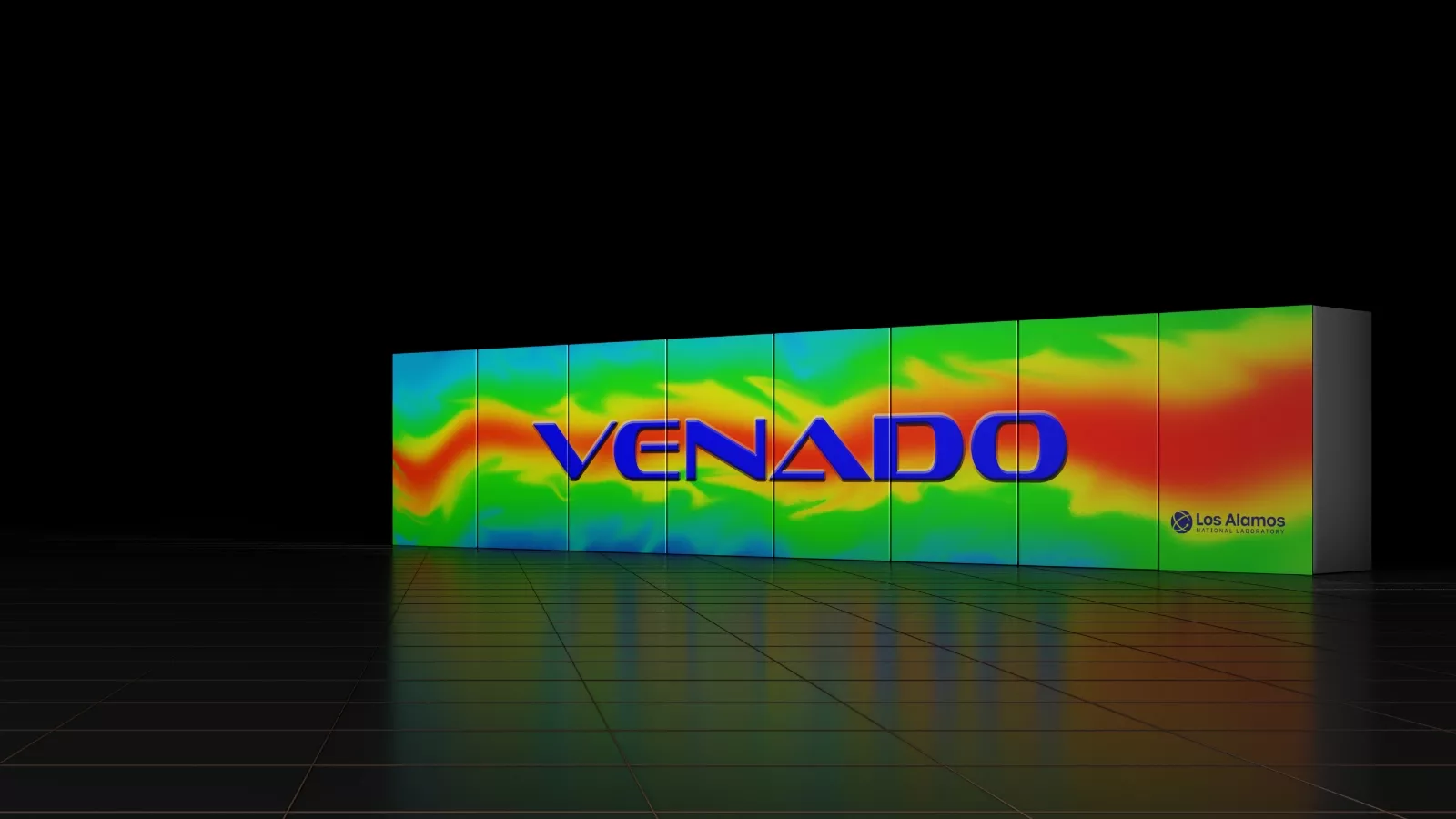In the TOP500 supercomputing ranking two days ago, amd won a big victory this time. The supercomputing frontier based on the third generation epyc and mi250x accelerator card surpassed Fuyue in Japan to become the global supercomputing champion. It is also the first supercomputing with a performance of 10 billion times, with a performance of 1.102 exaflop/s. In addition to AMD, Aurora supercomputing based on Intel processors and acceleration cards is also coming out. It is estimated that it will be installed in 2023, with a performance of 20billion times.
These two supercomputers are on the road, and NVIDIA will not be idle. They have also received funds from the U.S. Department of energy to develop a new generation of supercomputing for LANL of Los Alamos National Laboratory, which uses NVIDIA's own CPU and acceleration card.
The CPU is the 5nm grace series developed by NVIDIA. There are two versions. Thecpu+gpu version integrates 72 core CPU and Gopper GPU. The pure CPU version integrates two-way grace, a total of 144 CPU cores and 1TB lpddr5 memory
GPU will undoubtedly be NVIDIA's 4nm hopper architecture H100, with 80billion transistors integrated, 18000 CUDA cores in total, 80GB hbm2e video memory, 2tb/s bandwidth, and the first NVIDIA card using PCIe express 5.0.
The performance of this set of supercomputing will reach 100billion times for the first time, that is, 10 E levels, which is 10 times the performance of AMD's strongest supercomputing now
However, this performance is not FP floating-point performance in the traditional sense, but AI performance. It is an AI accelerated supercomputing.
